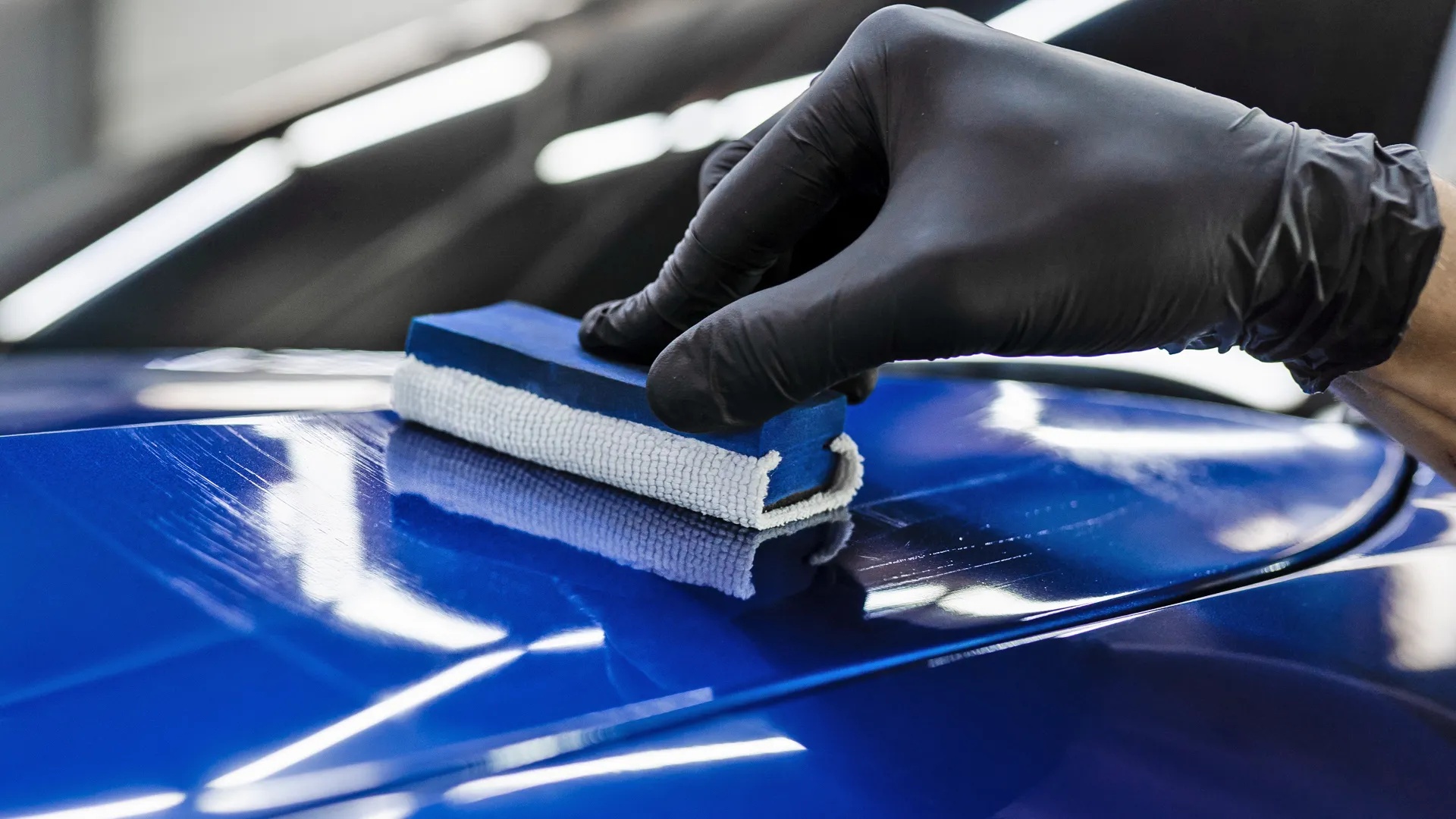The Scientific research Behind the Durability of Ceramic Coating Philadelphia Applications
The Scientific research Behind the Durability of Ceramic Coating Philadelphia Applications
Blog Article
Why Ceramic Covering Is the Ultimate Option for a Flawless End Up
Ceramic layer has actually emerged as a leading option for those looking for a remarkable surface for their cars, many thanks to its amazing durability and safety functions. This innovative fluid polymer not only bonds flawlessly with factory paint but also offers a powerful barrier against typical dangers such as scrapes, UV rays, and toxic wastes. Its hydrophobic residential or commercial properties simplify maintenance while boosting visual allure. Nonetheless, comprehending how this innovation contrasts to conventional approaches and discovering its application subtleties can disclose even extra about its value. What elements absolutely set ceramic finish apart?
What Is Ceramic Layer?

When used correctly, ceramic layer creates a hydrophobic surface area that wards off water and dirt, making it easier to maintain and cleanse. Unlike standard waxes or sealers, which generally provide short-term security, ceramic finishes can last for several years, depending on the product quality and application technique. The procedure of applying ceramic covering needs careful preparation, consisting of comprehensive cleaning and sometimes repaint correction, to guarantee optimal bonding and effectiveness.
Ceramic finishes are not limited to vehicle surface areas; they can likewise be made use of on various materials, including glass, metal, and plastics, supplying a versatile solution for boosting defense. Generally, ceramic covering stands for a significant improvement in surface area protection modern technology, incorporating both aesthetic and useful benefits for a large range of applications.
Advantages of Ceramic Finish
While lots of surface area defense choices exist, the advantages of ceramic finish stick out because of its distinct properties and durable performance. One of the key benefits is its remarkable toughness. Ceramic Coating Philadelphia. Unlike typical wax or sealers that need regular reapplication, ceramic finishes offer a resilient layer that can last for several years, considerably decreasing upkeep efforts
One more notable advantage is improved protection versus environmental contaminants. Ceramic layers produce a hydrophobic surface area that fends off water, dirt, and various toxins, making it less complicated to clean up. This feature not just preserves the lorry's look but additionally minimizes the risk of rust and oxidation, particularly in severe climate condition.
Furthermore, ceramic coatings supply premium resistance to UV rays, avoiding fading and deterioration of paint with time. This UV security is important for keeping the aesthetic value of automobiles and surfaces subjected to guide sunshine.
Additionally, the glossy surface achieved with ceramic layer enhances the overall aesthetic appeal, offering surface areas a showroom-quality shine. Generally, ceramic layers stand for a considerable innovation in surface security technology, supplying long-lasting advantages that accommodate both visual and functional demands.
How It Functions
Comprehending the science behind ceramic coverings reveals exactly how they useful source offer such amazing security and durability. At its core, a ceramic finish is a fluid polymer that chemically bonds with the vehicle's manufacturing facility paint.
The application procedure involves several actions, including surface preparation, which is vital to attaining optimum attachment. Once applied, the coating undergoes a healing process, during which it hardens and forms a semi-permanent bond with the paint surface. This bond is what identifies ceramic finishings from standard waxes and sealers, providing a longer-lasting safety obstacle that can endure for many years.
Moreover, the thickness of the layer can boost its protective high qualities, making sure that it can endure harsh problems. Inevitably, the scientific research of ceramic finishes integrates sophisticated materials with innovative application methods to provide an unmatched degree of defense and aesthetic improvement for cars.
Contrast With Typical Approaches
When contrasted to conventional paint protection techniques such as sealants and waxes,The advantages of ceramic finishings become specifically obvious. While waxes supply a temporary shine, normally lasting a couple of weeks to a number of months, ceramic coatings provide a resilient safety layer that can endure for several years. This longevity considerably decreases the frequency of reapplication, making ceramic finishings a much more cost-effective remedy gradually.
Furthermore, conventional methods usually call for considerable prep work and multiple applications to achieve an adequate degree of protection. On the other hand, ceramic layers bond at a molecular degree with the lorry's surface, producing a robust guard versus environmental impurities like UV rays, acid rain, and road salts. This bond enhances the vehicle's resistance to scrapes and swirl marks, which prevail with typical waxes and sealers.
In addition, the hydrophobic properties of ceramic layers fend off water and dust, leading to less complicated cleaning and maintenance. On the other hand, wax and sealant-treated surface areas can bring in crud, requiring even more constant cleaning - Ceramic Coating Philadelphia. Overall, ceramic finishings not only offer remarkable protection but also deliver a more visually appealing and long-lasting coating, establishing them as the preferred choice for critical lorry proprietors
Application and Upkeep Tips

Using a foam applicator, apply the covering company website in tiny sections, complying with the manufacturer's guidelines regarding thickness and overlap. Permit adequate treating time in between layers, typically 24-hour, to guarantee appropriate bonding. After application, it is essential to prevent exposure to water or extreme elements for at the very least a week to allow the coating to completely heal.
In addition, using a ceramic upkeep spray can boost the layer's hydrophobic buildings and long life. Normal examinations for any type of signs of wear will certainly help keep the coating's honesty and maintain that pristine finish.
Final Thought
In conclusion, ceramic covering arises as a remarkable choice for attaining a flawless vehicle surface. By forming a durable bond with manufacturing facility paint, ceramic covering properly shields versus scratches, UV rays, and environmental impurities.

Report this page